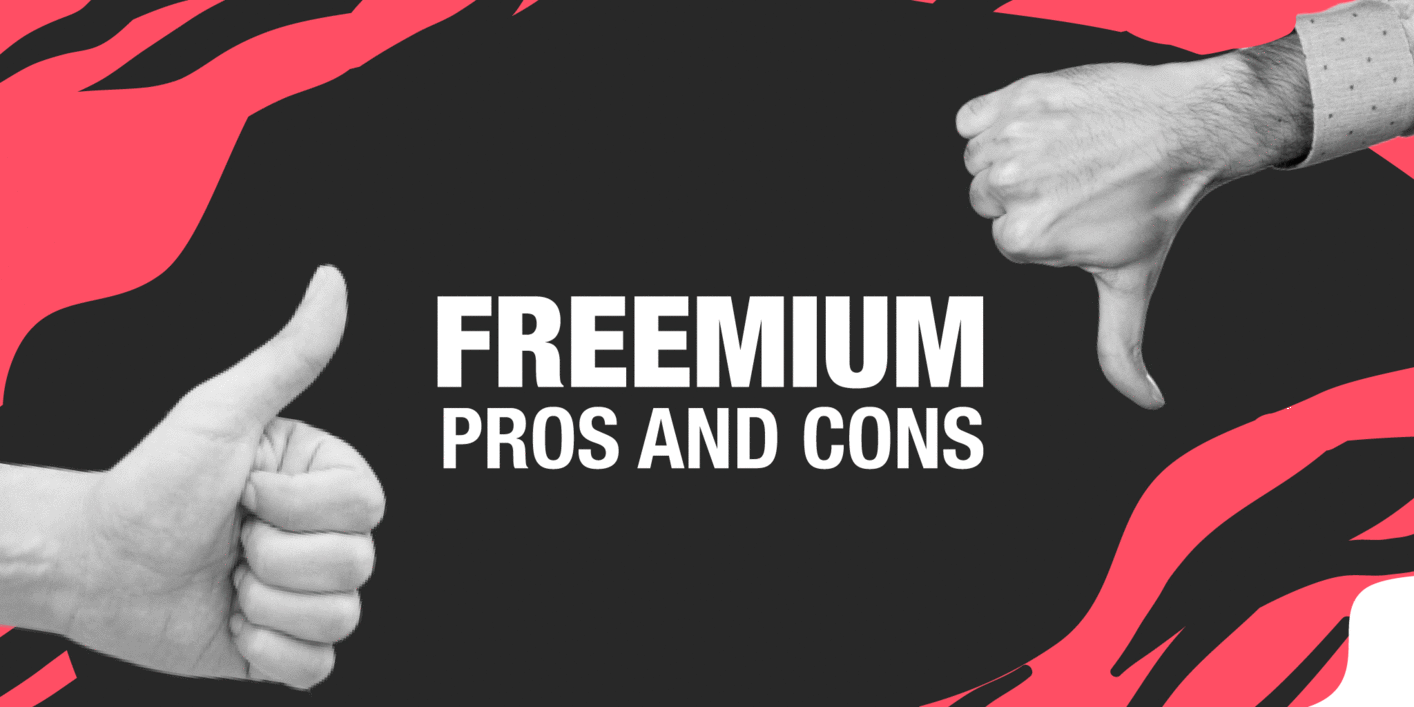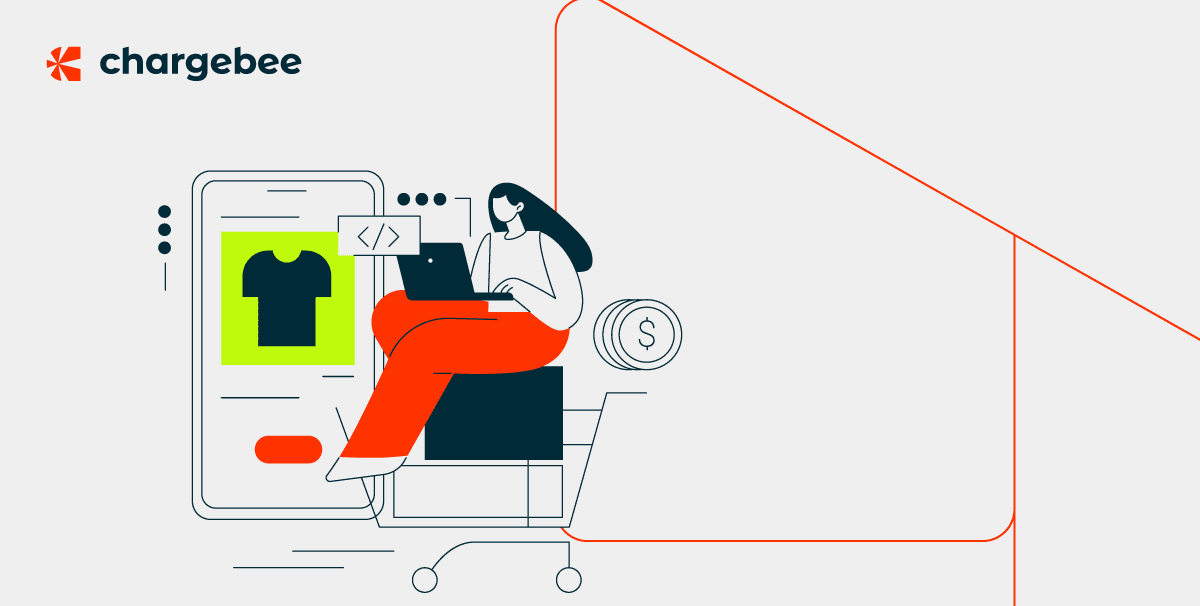
The Freemium Model has been gaining traction in recent years. However, industry experts and experienced founders have been discovering the inefficiency of the model in generating revenues and lowering customer acquisition costs. Is freemium a viable business model for SaaS or does it simply drain resources with low ROI?
Freemium is a marketing tactic where a SaaS company offers both free and paid versions of its product. Some of the famous Freemium practitioners include Dropbox, Spotify, Evernote, Candy Crush Saga by King.com, etc., In fact, Candy Crush Saga started to use the freemium business model all the way back in 2012 which turned out to be very successful for them.
By applying the freemium strategy in the game, they allowed players to engage with the free product without spending any money. However, they would be charged only if they wanted to unlock specific action items, without which it’d be hard to get past some difficult levels.
SaaS owners use freemium as a market entry strategy to get users fast and test the viability of their offer in the market. However, it is only in rare cases that freemium has been found to lead to a substantial increase in conversion rate for the number of paying customers. In most cases, it leads to negative product positioning, increased costs and stifling of the business.
Before we go further, let’s be clear on what freemium is not.
A product demo or a product that does not give a solution unless the user upgrades to the premium version are not considered freemium. Most startups offer demos to generate feedback from customers, demonstrate the capability of the product or get users to upgrade to the paid version.
Upgrading to premium comes with its perks. For example, users can get increased usage quota limits, useful features exclusively available to the paid versions, additional tools to maximize the product’s efficiency among others.
Here’s a more detailed post on how to assess the key factors to implement a successful freemium strategy.
Pros – The Freemium Attraction
The freemium model proponents point out various facts that make the model attractive for startups. Here are some of the advantages:
1. No Usage Barrier
Today’s consumers are bombarded with hundreds of products to try. Moreover, the attraction of SaaS over the past few years has led to the rise of any and all types of SaaS products. Just like apps, SaaS vendors are covering everything, from time management to WordPress backup. Users, therefore, have to filter different products to find what works for them. How do you get your app to be found in this sea of apps? By using the word FREE.
According to research by Professor Dan Ariely, “Free” has a special appeal to customers and is inviting. This explains why businesses with freemium offers attract many users on launch. And this brings us to the next point: user base.
2. User Base
It is easy to get a large user base when you offer your product for free. When starting up, your free users can be your future customers. These customers can be your source of revenue when they upgrade to a paid version. Moreover, you can use free to build brand awareness that you can later leverage for cross-sales or upgrades.
3. Differential Pricing
The Freemium model can be profitable for some businesses. For example, Zipline, a game development company chose a freemium model rather than charge $0.99 like most game developers do. The result?
Todd Hopper, the CEO of the company, indicates that the company generates from 10 to 20 dollars per month from avid users, some of who play 100 times per month.
4. Cost savings
Customers using premium apps expect a certain level of service and commitment from the developers. This can mean cutting down on costs and reduced downtimes in case of any problems. As such, free users may upgrade to get the support of the developer.
This is especially true if the offering is crucial to the business operations of the user. For example, WordPress plugin developers usually offer premium support to paid plugin users.
Con – The Freemium Model Flaw
As a business model, freemium has a fundamental flaw. The biggest flaw is that a company can burn its cash reserves fast supporting a large number of non-paying customers. Moreover, in most cases, non-paying users require more support and this can mean splitting your team’s resources from the development of the application.
The support that free users require is not the only problem. The SaaS business model is a numbers game. Typically, the more the number of paying users you get, the better. With a freemium model, the more the number of users, the greater your chances of converting. However, you cannot keep adding more free users hoping that one day, they become paying customers. The time, resources and money needed to convert free users to paid ones can quickly deplete your cash. You need to find the right balance between spending and acquiring.
What should you ask yourself before using the Freemium model?
- Why are we offering the product for free? If there are no immediate customers for the product, is there really a market? Your product should be able to meet the high demand and deal with a huge customer base.
- How will you benefit by offering freemium? Is the free plan going to improve your customer acquisition? Keeping that in mind, the acquisition should not increase at the cost of resources spent on free users with respect to support, guides, tutorials, etc.,
- What will make your users upgrade from your free to the paid version? Unless new, attractive and useful premium features offer users incredible value as they engage with the product, they may not have the right incentive to ever upgrade to a paid plan over their current freemium solution.
- Is there a way to monetize the users even if they do not convert? You should actively rethink your pricing strategy – find out if you can nudge your free users to become paying customers by providing feature-based add-ons, within the freemium plan. (We will discuss this further in the following section)
- Can you gather actionable market intelligence from both the free and paid users? If people are using a system but are not adding real value to the ecosystem i.e. they do not generate revenue or have no actionable network effect data, then the business hosting them is bound to fail.
Having many free trial or non-paying users, which the freemium model advocates point to as its strong point, is one of the SaaS vanity metrics companies should not watch.
What happens if you realize your freemium members will never convert to paid members (which is the case most of the time)? All is not lost, at least for the savvy SaaS vendor. The fact that the users signed up to use your app means you got their attention. Thus, if they are not going to convert, find a way to monetize them.
You can derive revenue directly from the users or from their use of the system. If you cannot monetize the free users through cross-selling or advertising, you should find another way or stop supporting the user.
How to monetize free users into paying customers:
- Up-selling them to buy the system.
- Inviting advertisers to target the users.
- Learn their behavior and sell the intelligence to your industry players.
- Build a community from the users and customers.
- Leverage your community for first-level support.
- Selling information to other vendors on how they use the system.
Freemium Distribution and Customer Acquisition
It costs five times more to acquire paying customers than free users. However, focusing your customer acquisition efforts on paying customers will ensure the capital used for acquisition is directly used to grow revenue. On the other hand, if you are focusing on free users, you can leverage them appropriately to derive value.
One of the ways that users can leverage on their freemium customers is to engage intermediaries like Distributors or System Integrators (SIs) in the buying process. When working together, they can create a “value pull” that will make the users want the product and thus creating a need for a paid application.
The freemium model, however, is mainly effective among public users. When you try to apply it to corporate customers, it has potential drawbacks. For example, since every user is given a free account, this can lead to defragmentation usage of the enterprise which can suppress the need to consolidate a robust, paying application.
If you are wondering whether freemium is a fit, you don’t want to miss “Wielding Freemium” powered by Chargebee – a virtual gathering to understand the whys, and, especially, the hows of freemium. One insightful talk at a time.
Whether you will be successful with freemium will depend on your product and a lot of factors. But before you dive in, know the risks.

